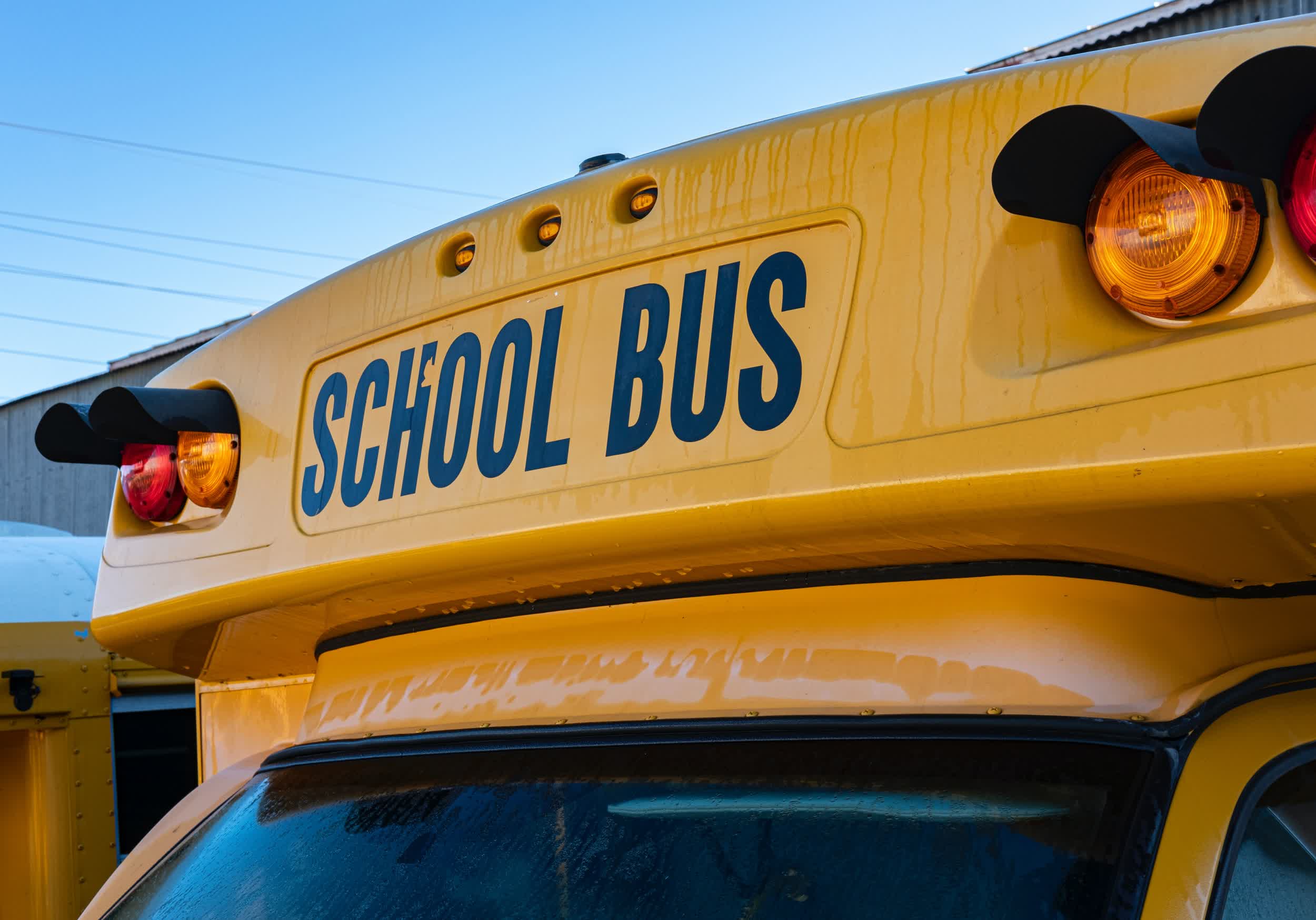What just happened? SpaceX is working with select school districts to pilot a program to provide Wi-Fi on buses, transforming "ride time to connected time." In a recent message to the Federal Communications Commission, SpaceX argued that no service is better situated to bridge the "Homework Gap" than Starlink. SpaceX is targeting school districts in rural areas where commutes are more than an hour each way and predominantly lack access to other mobile broadband services.
SpaceX further noted that the overwhelming majority of participating students will not have access to high-speed broadband at home. According to cited figures, an estimated 17 million students in the US do not have access to an Internet connection at home.
FCC Chairwoman Jessica Rosenworcel earlier this year announced a proposal to allow the use of federal funding to put Wi-Fi on school buses.

These "rolling study halls" sound like a great idea on paper, but I am not convinced they will translate to the real world. Frankly, nobody wants to do homework on the bus. It is loud and there is a lot going on. Kids are playing and visiting with their friends. Good luck being productive in that environment.
Perhaps I am the one that is out of touch, but are all homework assignments these days Internet-based? What happened to book assignments and paper worksheets? And what about the potential for motion sickness? Having my head plastered to a screen while being carted around for more than an hour would no doubt leave me feeling nauseated by the time I got home or to school. If anything, I imagine kids would use on-board Wi-Fi to watch videos or play games.
Google tested a similar program in 2018 called Rolling Study Halls. In addition to mobile Wi-Fi, that program supplied students with an onboard educator to help with homework assignments. If it was such a great idea, I suspect Google would have expanded the program and we would have heard a lot more about it by now.
Image credit: David McElwee, Joshua Hoehne
